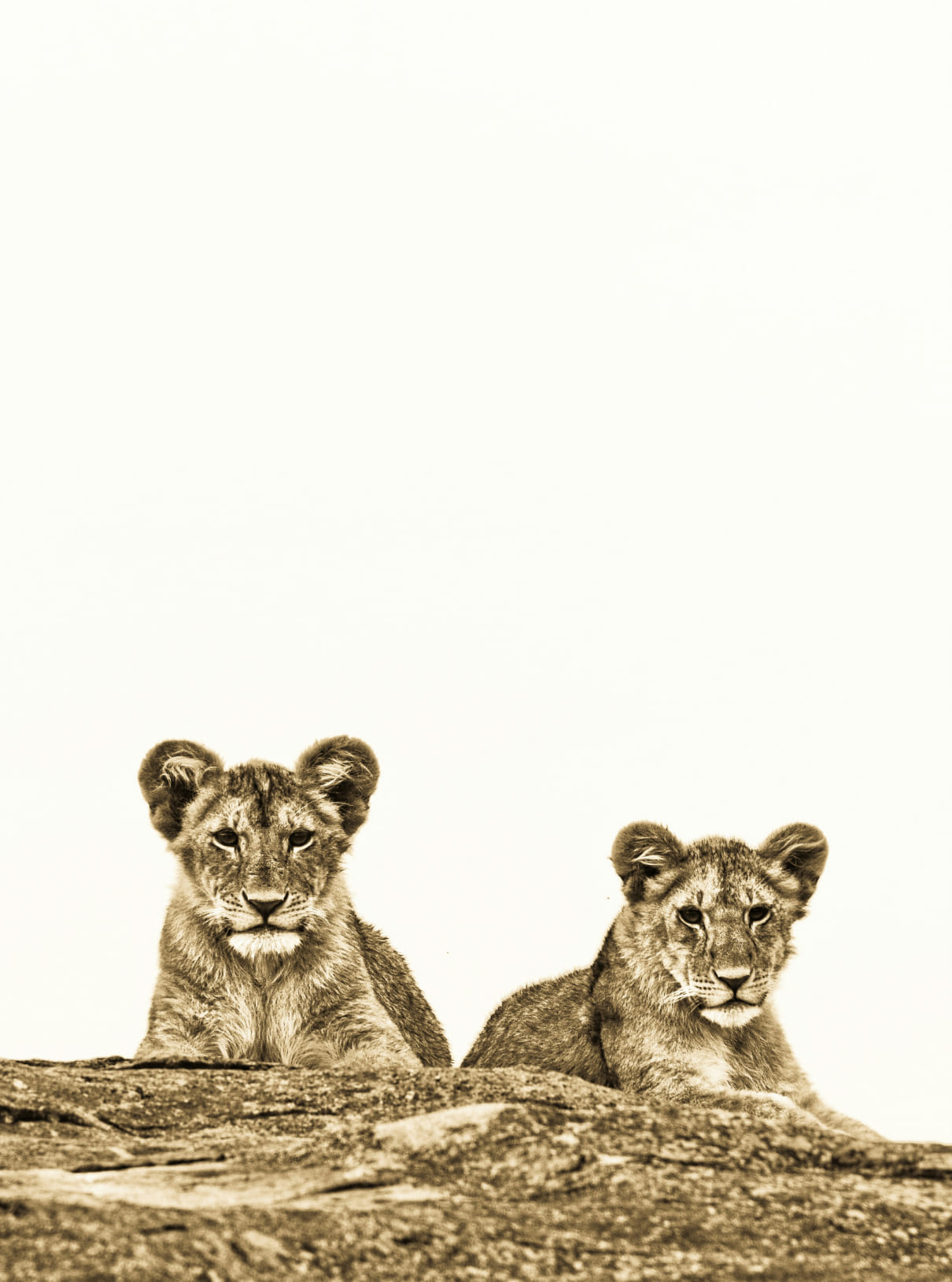

The Asian lion (Panthera leo persica), also known as the Indian lion, is a majestic big cat that once roamed vast territories across Asia, from the Mediterranean to India. Today, it survives primarily in the Gir Forest National Park in India, a far cry from its historical range. Although this lion is not native to the Amazon, its story is a poignant reminder of how human activities can drastically alter ecosystems.
The Asian lion differs from its African cousin in several ways. It is slightly smaller, with a more compact mane that does not cover the ears. A unique fold of skin along its belly distinguishes it further. Asian lions are social animals, living in smaller prides compared to African lions. They are incredibly adaptable, thriving in dry forests and scrublands, environments that share some similarities with the edges of the Amazon basin.
Their survival story parallels that of many Amazonian species. Habitat loss, hunting, and human-wildlife conflict have driven these lions to the brink of extinction. Conservation programs have helped stabilize their population, but they remain vulnerable. Protecting habitats like the Gir Forest or the Amazon rainforest ensures that species with delicate ecosystems continue to thrive.